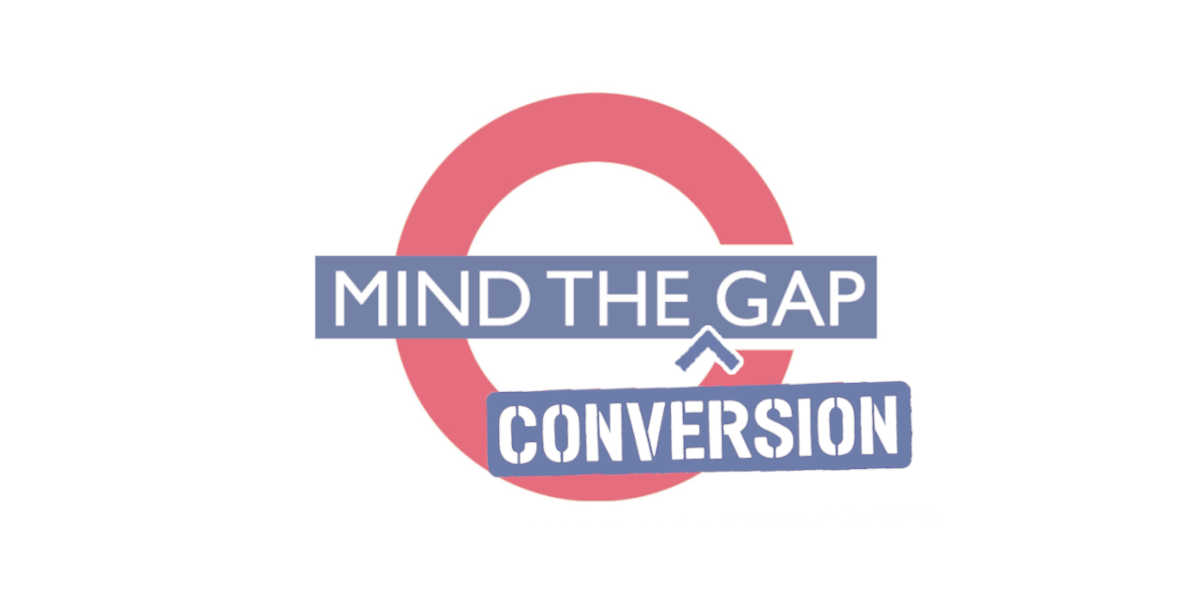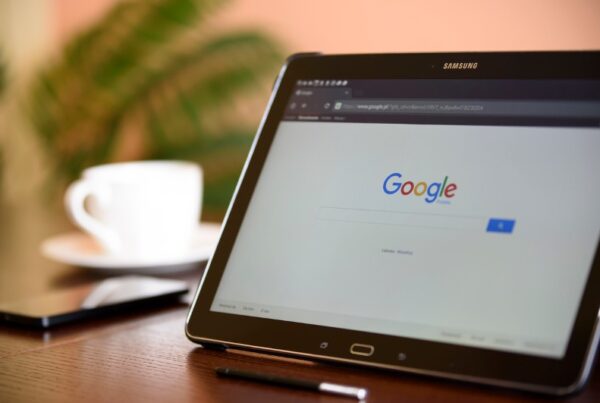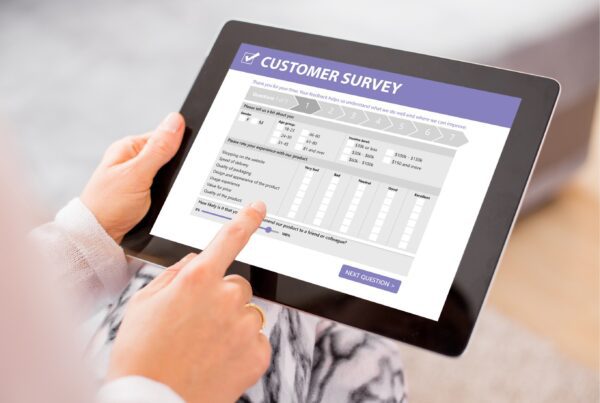In two previous blogs The Ups & Downs of Google Ads, and The Hard or Hidden Parts of Traditional Marketing, we touched on some of potential issues with both digital and traditional marketing. Now we look at a specific snag that you need to watch out for if you use digital marketing.
We call it the conversion gap.
Before digital marketing, business owners had a wide range of advertising option to choose from, such as newspapers, business directories, radio etc. Each came with its own estimates of how many people would see your advert, and it was up to you to try and work out how well they worked in practice for your business.
Fast forward to today, and you are spoilt for online marketing options that put huge amounts of data at your fingertips, but does that mean that you know exactly how well they work for your business?
We’re going to use Google Ads in the below examples, but it applies to many of the common online marketing options.
Ecommerce
If you have an ecommerce website, and you primarily sell products or services online, then getting good information on how well Google Ads work for you is relatively easy.
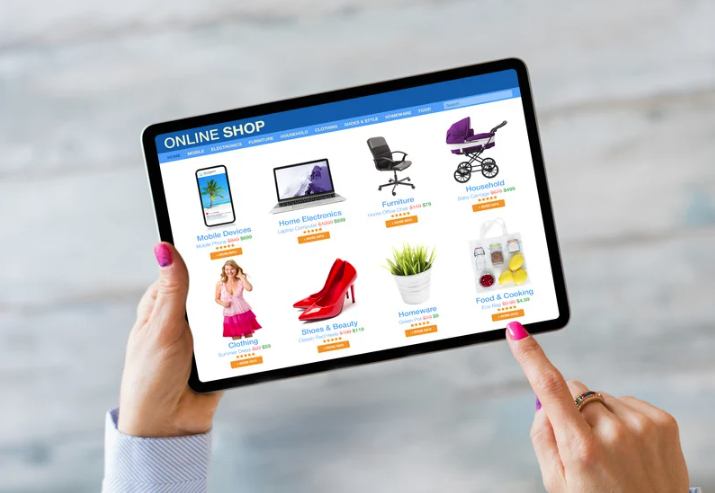
Having selected sales as your campaign objective when you set up Google Ads, it will track everyone who visits your website after seeing or clicking on one of your ads, even if they visit a good while after the seeing or clicking (you can control this length of time in your Ads account) .
Then if you have got Tag Manager set up correctly, you’ll be able to see all the key things (called conversions) that those visitors do on your website. The things you might want to have as conversions include viewing product pages, adding items to the cart, and moving through the various steps in your checkout process.
The bottom-line conversion is profit that has resulted from your Google Ads spend. The key metric here is the return on investment (ROI). It varies from business to business, but a good ROI for Ads is anything over 200%, or $2 of profit from every $1 of Ad spend.
Your target ROI for all your different marketing channels is something you should have pinned down in your marketing plan. If you check your marketing ROI’s and notice that something like Google Ads isn’t meeting the target figure, you need to investigate what is going wrong.
.
Non-ecommerce
If you don’t sell your products or services directly on your website, then things are a bit tricker.
When you set up your Google Ads you choose leads as the campaign objective, and as usual, Ads will track everyone that goes from seeing or clicking on one of your adverts to visiting your website.
Next you set up your conversions in Tag Manager, but this is where things get a bit different. The conversions that you set are actions that visitors to your website can do that might be considered a lead. Filling in a contact or more information form, or clicking on an email or phone link, are the common ones. You can even assign a monetary value to these conversions.

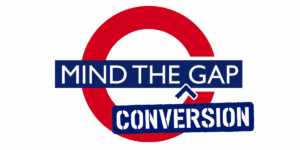
If you are a lead driven business, they you’ll know that what is considered a conversion in Google Ads isn’t the same as a conversion (usually selling a product or service or getting a new client) at the end of your lead funnels.
This is the conversion gap.
It also means that the cost effectiveness of your Google Ads is hard to assess, as all you have to compare against your Ad spend is the nominal value you have assigned to the conversion actions on your website. Your ROI on Google Ads might look good, but if few of those website leads flow through to become real leads and conversions in your business, are your Google Ads working for you?
Bridging the gap
So, what can you do about the conversion gap?
The answer is simple – put a process in place to find out where your leads and conversions are coming from. In practice it’s not quite that easy.
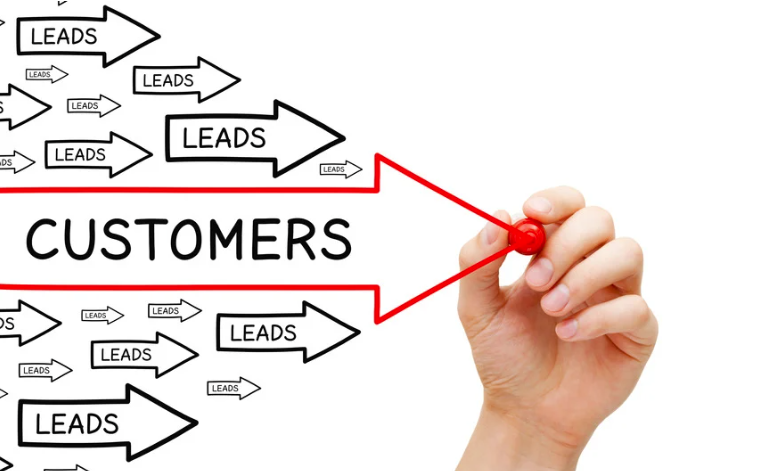
Some bigger businesses, especially ones that rely on websites for most of their leads, have dedicated systems that track leads through their funnels, including where they have come from. They can then marry that data up with what Google Ads and Analytics is telling them about how visitors find their website and what they do once they are on the site.
Most businesses however will have all the data from Ads and Analytics for a given period and the numbers of real leads and conversions they saw in the same period, but no data that tells them where they came from. Your data might tell you that half of the conversions on your website came from Google Ads, but the question is how many of the conversion on your website became real leads or conversions?
If your business runs on a relatively small number of leads and conversions then you just need to remember to ask each one how they heard about you (or a similar question), and then have a system, ideally a CRM, for recording that. If you can divide leads and conversion up into funnels such as word of mouth, website, social media, etc. then you can take the number from your website and compare that to the data you get from Ads and Analytics that show how people got to your website.
This is going to make most sense if you do it as percentages. i.e 60% of real conversions come to you from your website, and 30% of the visitors to your website come from Google Ads, then 18% (.6 x .3) of real conversions come from your Ads.
For a business that gets a lot of leads and conversions, the approach of asking every person obviously isn’t practical, instead you need to reply on sampling your customers to find out how what brought them to you.
One option is to have an automated form or set of questions that people can fill out as part of your lead and conversion process. There are two issues with this. The first is that it is difficult to compare this data with that from Ads and Analytics, especially on say a month-by-month basis. The second is that people who choose to answer your questions might not be random, and the results you get aren’t representative of your whole customer base and might skew your results towards one lead funnel.
Digital marketing is great, and it works really well for some business. For other business the conversion gap can make it tricky to tell if, or how well, digital marketing works for your business.
Knowing about the gap is the first step to getting a clearer picture of the effectiveness of your digital marketing. Bridging the gap is hard part that gives you some good answers on how cost effective you online advertising really is.
If you think you’ve got a conversion gap issue, and need some help solving it, or have any other questions about your business and digital marketing, contact us here at Synthesis Marketing, and come in and have a chat.
We’re happy to help.

